
If your client is lucky enough to get approval, they still may face months (or possibly years) to get to see and then be treated by that specialist. Having their condition noted in their PSR along with their treating physicians’ recommendations included may prove helpful here. Taking all of this into account, the BOP is under no obligation to follow the consulting physician’s treatment recommendations; Program Statement P6031.04 (Pg. 20-21).
Taken from my article below; The Federal Lawyer, Jan/Feb. 2021 (Pages 45-46), I review the process that the BOP uses to provide care. Briefly, they’re based either on their definition of medical need, treatment cost, staff availability to accompany the inmate to see the physician, or how close the inmate is to their release date.
- Life-Threatening Conditions
Treatment for life-threatening conditions is essential to sustain the life or function of a critical bodily system and requires immediate attention.
The BOP refers to these conditions as “Medically Necessary–Acute or Emergent” and includes the following conditions in this category: heart attacks, severe trauma such as head injury, hemorrhage, stroke, detached retina, sudden vision loss, and complications of pregnancy or labor.7
2. Medically Necessary Conditions
The BOP defines this category to include conditions that are not immediately life-threatening but which without treatment now, the inmate could not be maintained without significant risk of:
• Serious deterioration leading to premature death.
• Significant reduction in the possibility of repair later without present treatment.
• Significant pain or discomfort that impairs the inmate’s participation in activities of daily living.
Examples of conditions the BOP includes here are chronic conditions such as:
- High blood pressure, high cholesterol, heart disease,
- Diabetes; severe mental health issues (e.g., bipolar disorder, schizophrenia);
- Infectious disorders (e.g., HIV, tuberculosis); and cancer.
3. Medically Necessary but Not Urgent
The BOP defines this category as “Medically Acceptable—Not Always Necessary.”10 The group includes conditions for which “treatment may improve the inmate’s quality of life.”11 Examples of treatments for conditions in this category, as listed in the BOP, Policy on Patient Care, include:
- Joint replacements,
- Reconstruction of the anterior cruciate ligament (ACL) in the knee, and treatment of:
- Noncancerous skin conditions.
Such treatment procedures require review and approval by the institution’s Utilization Review Committee, which considers various factors, including:
- Risks and benefits of the treatment,
- Available resources (including the cost of security staffing and transportation),
- The inmate patient’s medical history, and
- How intervention (or lack thereof) will impact the inmate’s activities of daily living.
Should an outside specialist consult be needed for a non-emergent condition, a referral request is made to the prison’s Utilization Review Committee and clinical director. Other members involved in this decision-making process include:
- The associate warden or warden,
- Health service administrator or assistant,
- The medical trip coordinator,
- Any health care providers directly involved in the referral, and perhaps:
- The director of nursing and
- The chaplain or a social worker.
The clinical director has the final say over all Utilization Review Committee decisions. If approved, the inmate-patient will be placed on a schedule or waitlisted until the specialist has an opening during the contract’s limited monthly hours, which may be several months or years later.
Notably, the clinical director is under no obligation to follow medical recommendations made by the outside physician consultant specialist. If the recommendations are not followed, the clinical director will document his/her justification in the inmate’s health record.16 Justification may be based on the category of care sought.
- Medically Appropriate
Some treatments, even though recommended by a health care provider and deemed appropriate by the clinical director, still require approval by the Utilization Review Committee, which is not likely to be granted. These treatments are considered by the BOP to have “limited medical value” and include cosmetic procedures and removal of noncancerous skin lesions.17 It is worth noting that some skin lesions may be misdiagnosed, so the denial of treatment for these appropriate medical procedures is a concern for inmates with such health needs.
- Extraordinary Treatments
The BOP considers a medical treatment extraordinary if it “affect[s] the life of another individual, such as organ transplantation.”18 Thus, organ transplants and experimental/investigational treatments require the approval of the Utilization Review Committee, which is not likely to be granted.
If you’d like to discuss this, I look forward to speaking with you.

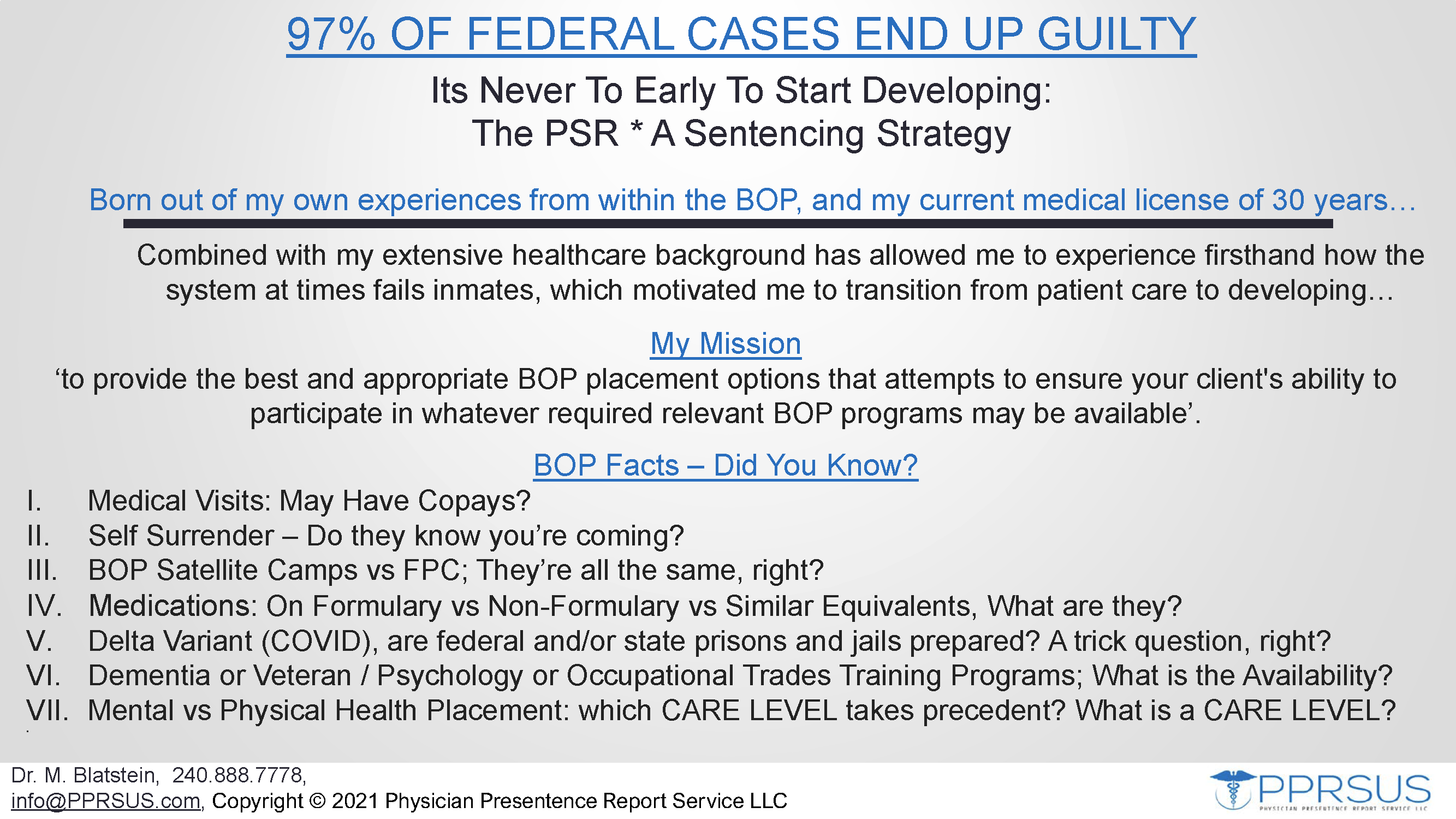
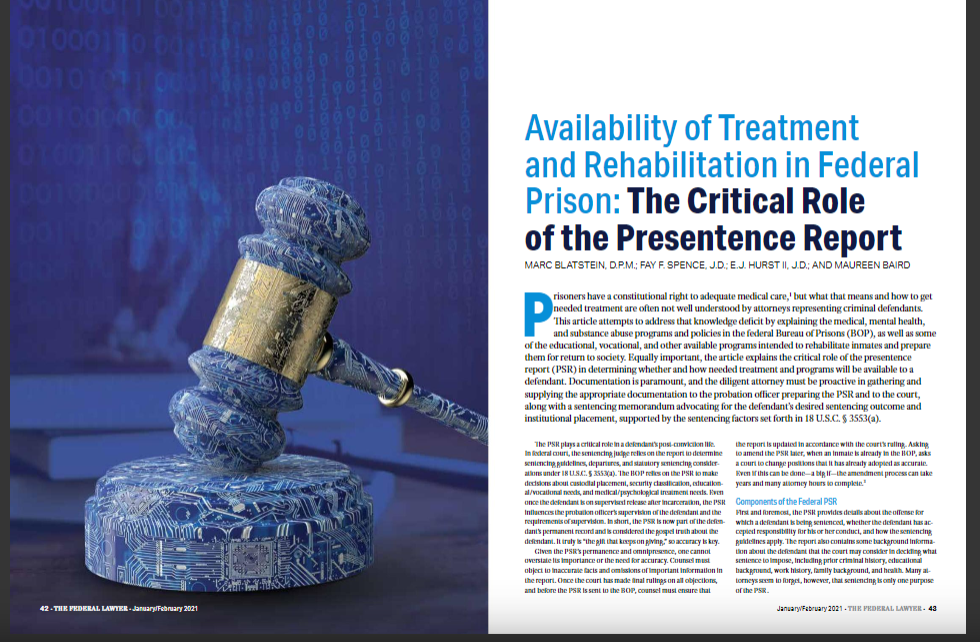
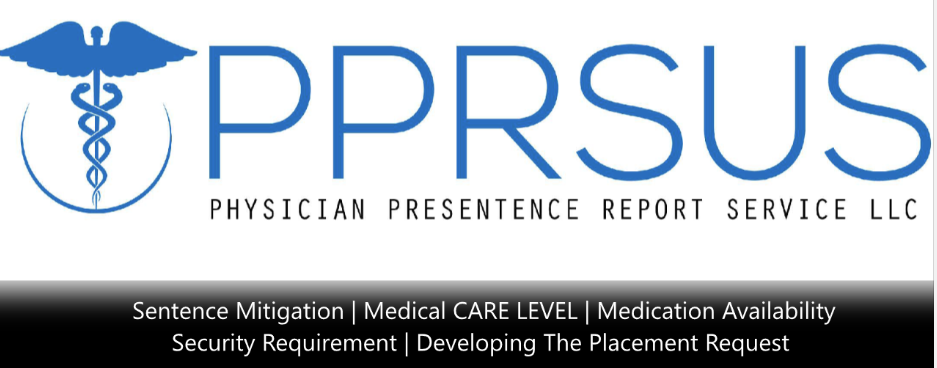

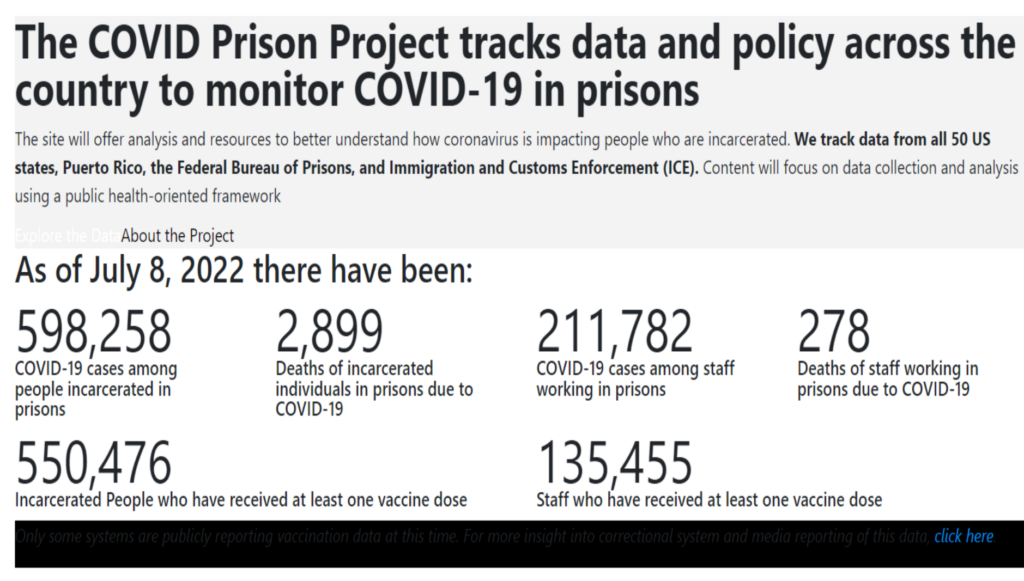
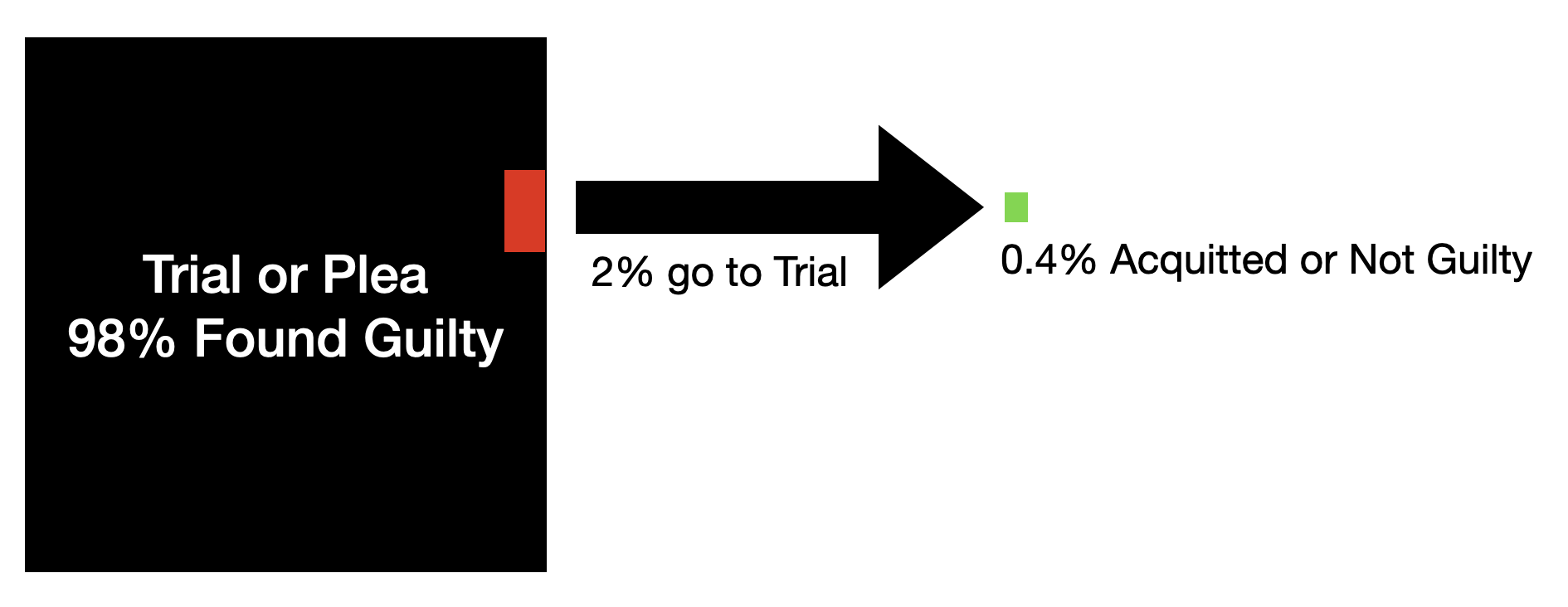


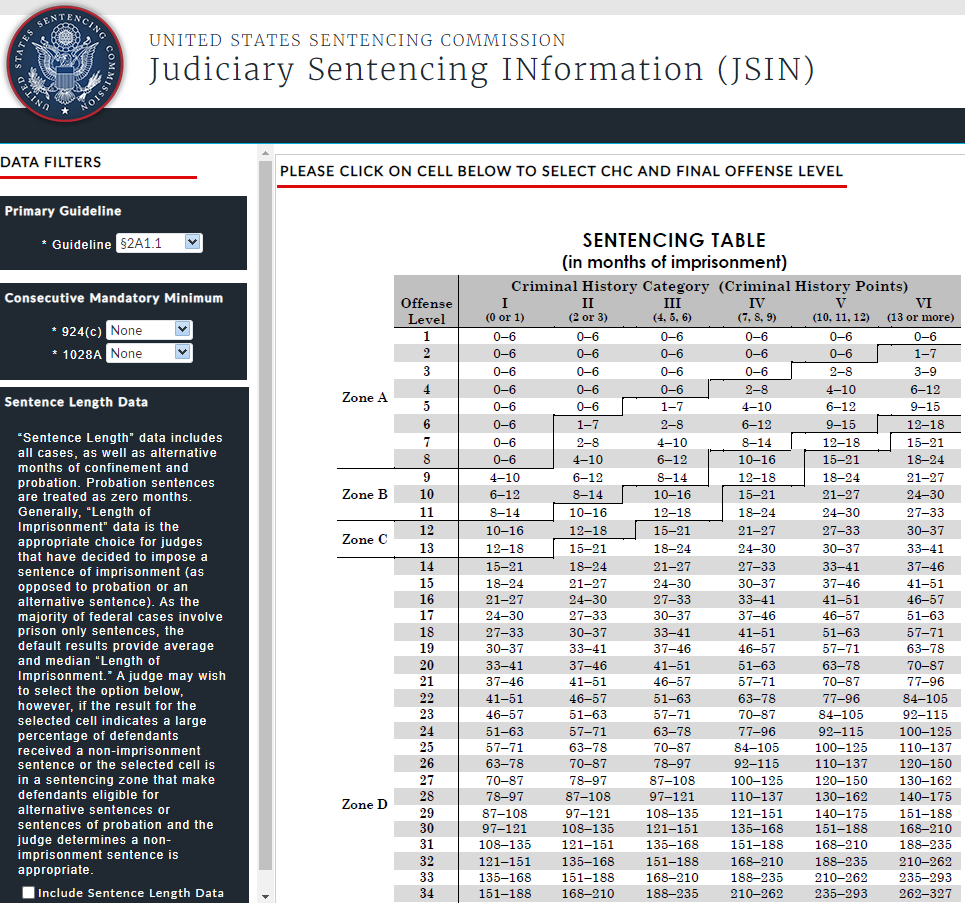

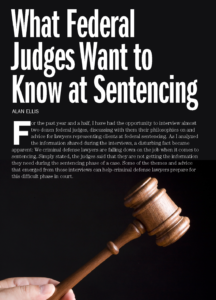 very impressed with lawyers who show legal advocacy in their presentence memorandum ondisputed guideline issues. I appreciate lawyers who give me everything I need well in advance of the hearing.”
very impressed with lawyers who show legal advocacy in their presentence memorandum ondisputed guideline issues. I appreciate lawyers who give me everything I need well in advance of the hearing.”


